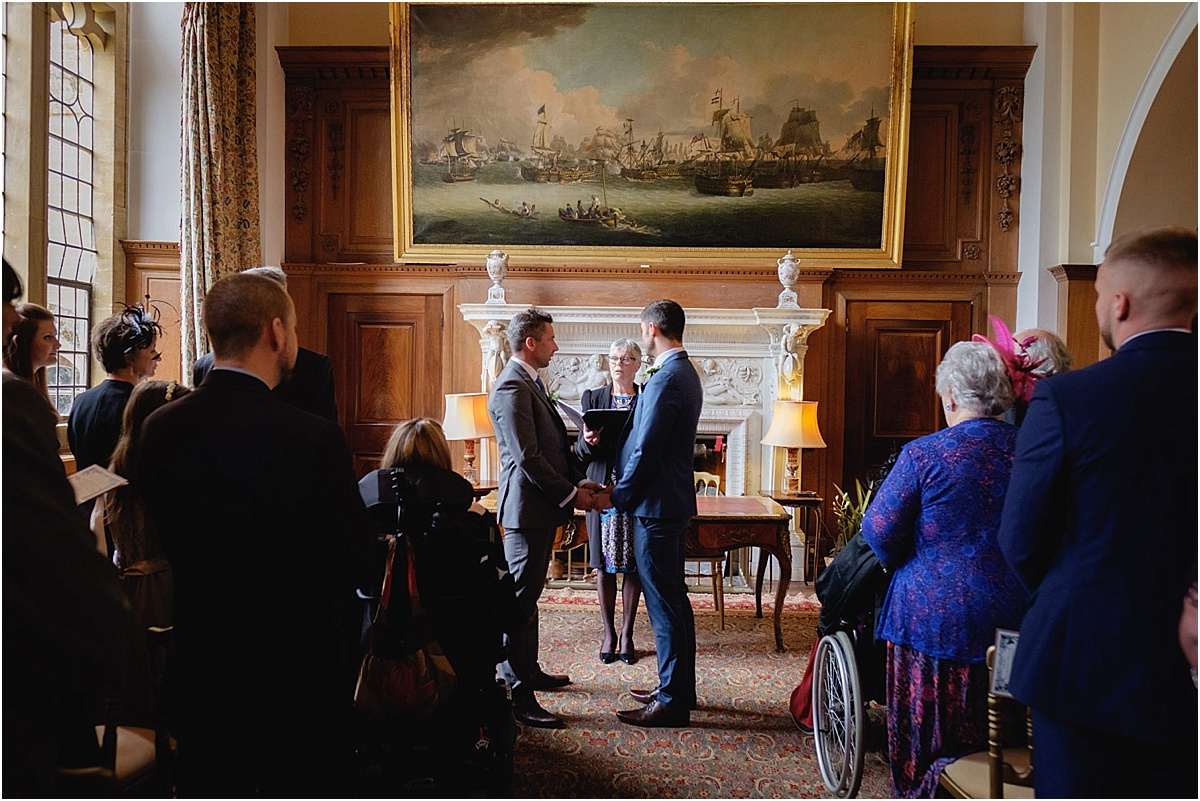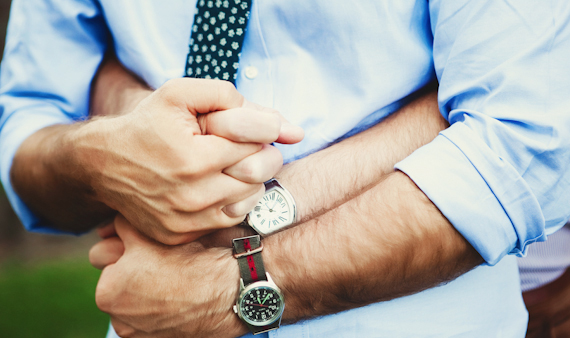The following questions are meant to help you prepare for the period between knowing you’re going to ask your man to marry you and your big day. These are intended to get you thinking about what really matters during this exciting time and to help you make the best choices for planning your wedding.
1. Popping the question
In what way could you ask each other to marry?
What would you like to offer each other as a symbol of your engagement?
What will it mean to you both for one of you to ask for the other’s parents’ blessing and pop the question “on bended knee?”
Does one of you want to do the asking?
Read More →
2. Announcing your engagement
Do you want to make a more formal announcement printing announcement cards and mailing them individually?
Should yours be more “light-hearted” and use a digital mailing service?
Is it worth the money for you to have dedicated photography (and “rehearse” your potential wedding photographer) and announce your engagement along with a photo?
Do you make an occasion of the announcement and invite your friends and family to a cocktail party?
Read More →
3. Getting aligned
How much do you truly understand each other’s vision and means for your wedding?
Have you appreciated the differences in ideas you have for your wedding?
On what are you each willing to compromise or create a new idea around where your visions differ?
How much can you spend on your wedding without incurring any debt that will allow you to host your guests in the way that best represents you as a couple?
Based on your budget, do you need to envision your wedding differently?
Are you fully aligned with each other on what you want and what you can create for your wedding? If not, keep talking.
At the end of your wedding, what do you want for yourselves and others to have remembered from it?
Read More →
4. Location or Destination options
Based on your vision for your wedding, where do you want to get married?
Based on your budget, where can you get married?
Based on whom you want to attend your wedding, where does it make most sense to host it?
Read More →
5. Selecting a date
In how much time do you think you can plan (and enjoy planning) your wedding?
Do you want to wait longer than planned to allow for a particular season, date or venue?
Will your work demands allow you the right amount of time to plan and take off for your selected date?
Is there a date more convenient for you, your guests or your budget?
Read More →
6. Determining your budget
Discuss in advance a few ground rules surrounding how much you’re willing to spend, and the type of wedding you would like to host. A completely DIY wedding can be just as memorable as a lavish, formal event.
Your wedding should be a reflection of your personalities and lifestyle, without the burden of incurring debt. Debt is not a lifestyle!
Who could you include to help make a preliminary budget for your wedding to help understand what your vision for the big day will cost?
Will your family share in some or all of the expense of the wedding?
Are there friends you could ask to contribute their skills – florists, bakers, musicians – as your wedding gift?
How will you hold each other accountable to your shared vision and agreed to budget for your wedding?
Read More →
7. Reserving a venue
What venue(s) most encapsulate(s) your personalities, history together or vision for your life as husbands?
Does that venue provide space for your ceremony and reception? Or will you have opportunity to select a second venue?
Does your venue allow outside vendors (catering, florals) or are you required to use the venue’s suppliers?
Were you to opt for outside partners, how accessible is your venue? Delivery and transportation costs can add up quickly if your venue is tucked away.
When considering an outdoor venue, consider all weather contingency plans.
When considering a destination venue, consider the impact it might have on your guests. For a destination wedding give your guests the most possible time to plan, accumulate miles and save up!
Read More →
8. Reserving hotel rooms
Does your wedding venue/destination allow you to provide your guests with the multiple options for lodging? Price-points, types of venues, even home stays?
What opportunities can you create for people to experience the destination you’ve selected beyond your wedding?
Read More →
9. A concept or style for the wedding
When thinking about a concept for your wedding, how do you typically entertain? Of the weddings and parties you have you enjoyed most, what did you most like of them? Which elements felt like you? When deciding about a theme for your wedding, consider your favorite colors, personal or decorating style, activity, destination, historical era or even fantasy! Each of these areas will help you hone in an concept against which you can make many of your experience decisions.
Like with everything to do with your wedding, share with each other the “why” for your ideas for concept and style, and align the ones that most resonate for you both. Keep talking until you hone in on the concept you both most like.
Read More →
10. Gift Registry
Discuss with one another how a registry may help your guests purchase something you want or need, and reduce the stress associated with selecting the perfect gift.
What gifts will provide you with lasting memories by becoming meaningful reminders of those you love?
People will want to give you a gift, so provide them a range of options. From different price points, to including their presence at your destination wedding, to helping create your wedding experience.
You will want to be reminded of the people who attended your wedding, but gifts might not be the only way. Consider charities, asking people to contribute to your honeymoon, asking people to share their memory of their time celebrating through a picture or a letter
Read More →
11. Design a Wedding Website
The site serves your guests and you equally. The more information you provide your guests, the less they will reach out to you.
Look at other couples’ sites to assess what information they included, what look they opted for (make sure your site relates to your concept!) and what platform they used (Wedding Wire, Squarespace). This will help you understand what you need to include and how complex programming it might be.
Consider using your site as the destination your friends, family and guests can turn to from the moment you get engaged.
Use photos from your engagement and your life together to bring your website to life.
Read More →
12. Determine the guest list
Your guest list is about two things: first enjoying the most memorable day of you life with those you love most and second, not blowing the budget.
Start by determining your list and building your budget or, vice versa; how many people does your budget allow you to invite.
Assemble your lists independently and share with each other why you’ve included the guests you have. Allow each other to appreciate why someone is important and together determine the parameters for including (or not) people among your guests.
Generously negotiate your lists. Consider how you can recognize, without including, everyone you’ve decided not to invite.
Read More →
13. Invitations
What value do you want to place on your invitations? Think about how they relate to your personalities, your theme and your budget, not to mention the fact that people will likely only refer to these once.
What tone should your invitation set for your wedding? Consider the design, wording and even medium for delivering it.
When ordering invitations, think about all of the printed material you are thinking of using: invitations, programs, thank you cards, menus, place cards, etc. How should they relate? Can one designer and printer supply all? Is an electronic version viable?
Read More →
14. Hiring a Wedding Planner?
What experience do you have in planning and coordinating an event of the scale of your wedding?
Based on your planning experience, where will you need most help? Do you have the right contacts to create your wedding? Do you have people willing to help in the areas where you’re less than expert or don’t have a trusted partner?
How much time do you have to plan your wedding? Now double that estimate (!) and now consider how much time you have relative to your work, other obligations and simply enjoying the experience of being engaged.
Based on your answers above, what value will having a wedding planner bring you? And, for how long might you need one? Perhaps you can handle a lot of the upfront work, but will want someone on the day to allow you to focus solely on your wedding experience.
Consider creating a team of people to help you and your planner, and especially to run interference for you on the actual day.
Read More →









